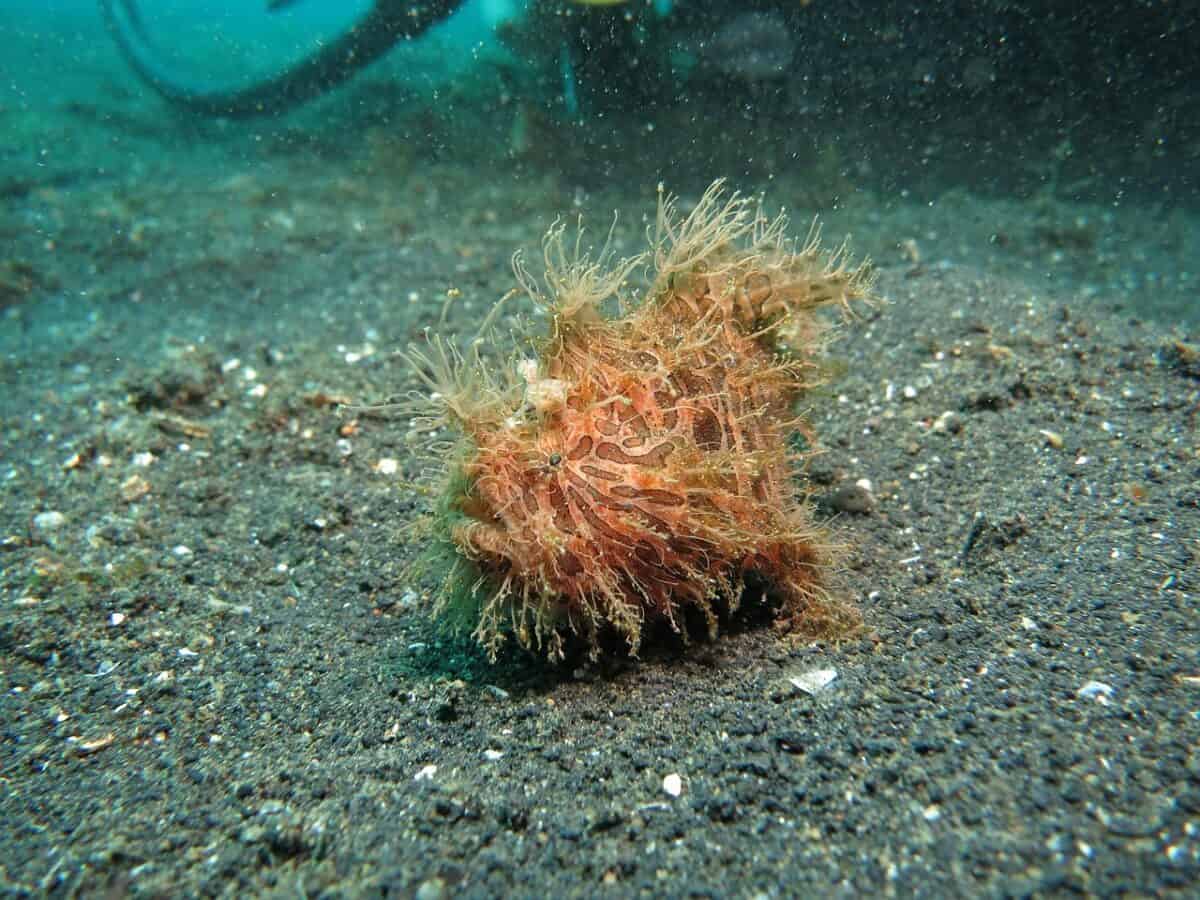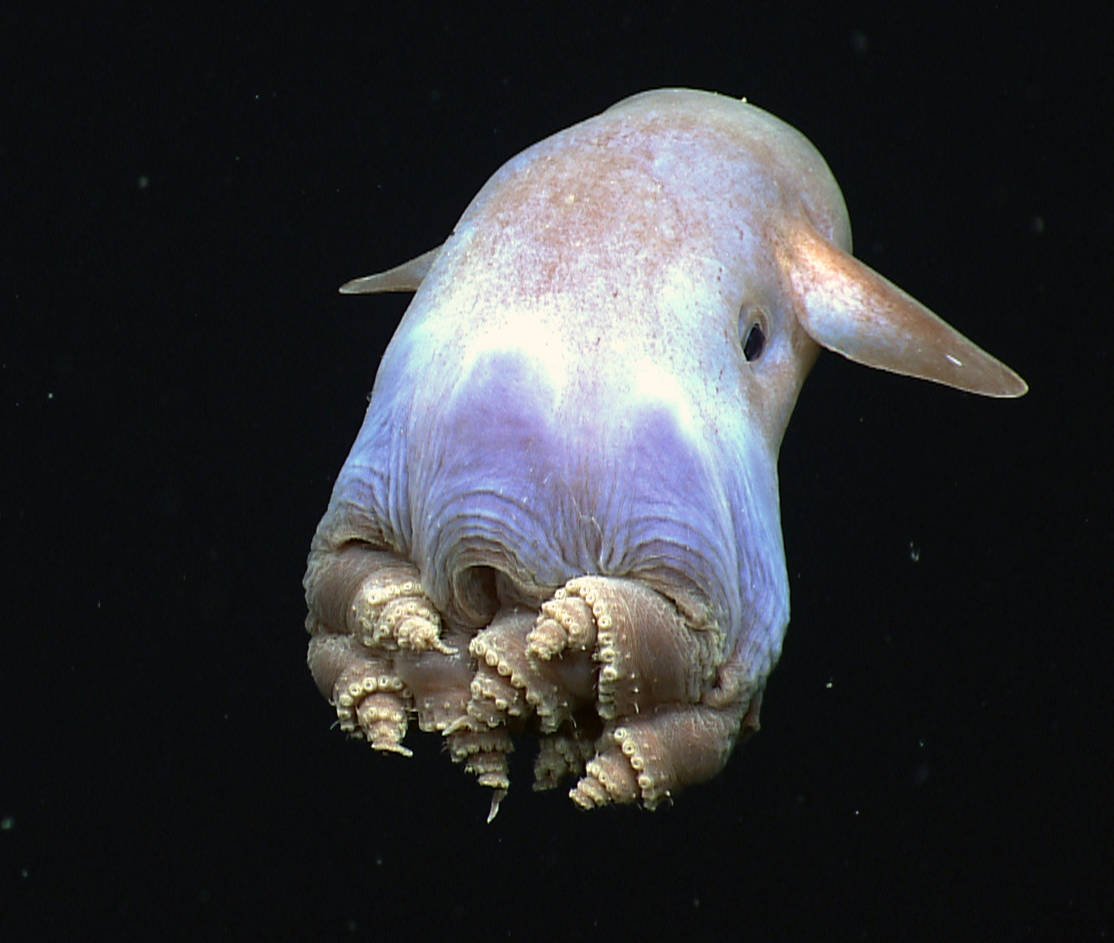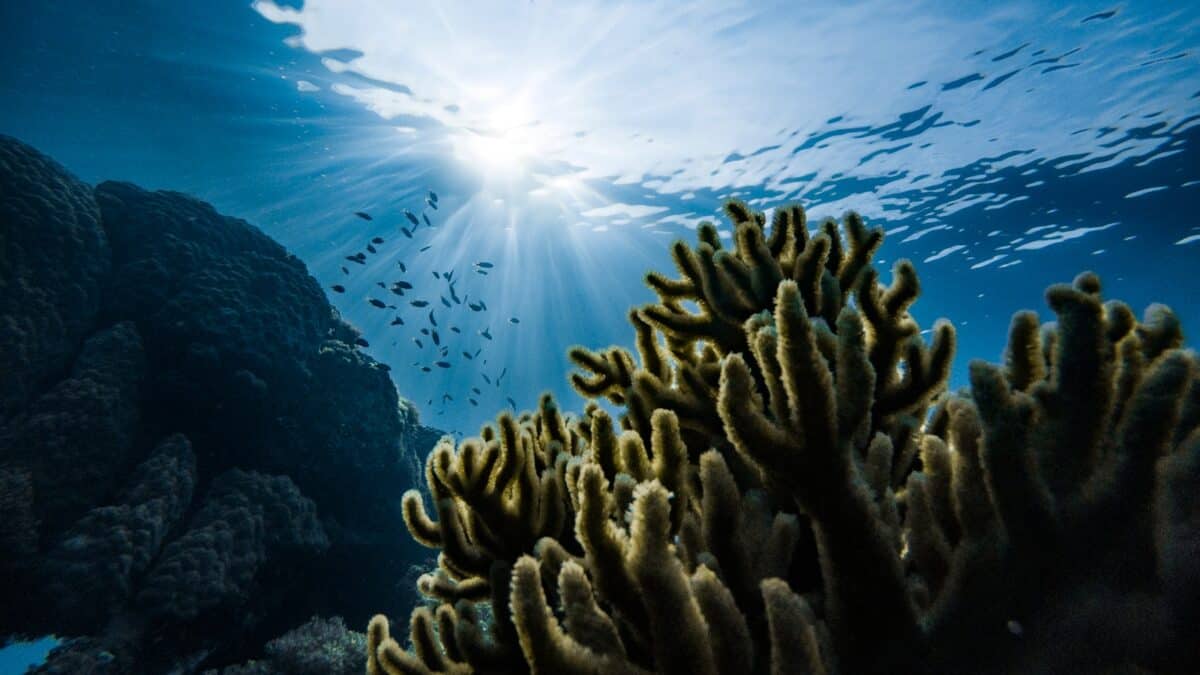The ocean depths are a vast, mysterious frontier that has captivated human imagination and scientific inquiry for centuries. Despite advances in technology, much of this aquatic abyss remains unexplored. However, the creatures residing in these dark trenches have sparked a fascination with their unique adaptations and remarkable survival abilities. This article delves into the world of the deepest-dwelling sea creatures, offering insights into their lives and the astounding environments they call home.
Understanding the Ocean’s Depths

Before exploring the deepest-dwelling sea creatures, it is crucial to understand the different ocean layers where they reside. The ocean’s depth is divided into several zones, each with unique characteristics. The mesopelagic zone, known as the “twilight zone,” extends from 200 meters to 1,000 meters below the surface. Beyond this, the bathypelagic zone or the “midnight zone” ranges from 1,000 to 4,000 meters. Further still is the abyssopelagic zone that stretches down to 6,000 meters. Finally, the hadal zone consists of the ocean’s deepest reaches, such as trenches and the abyssal plain.
The Extreme Conditions of the Deep Sea

The deep-sea environment is an alien world characterized by complete darkness, immense pressure, and frigid temperatures. Sunlight does not penetrate these depths, plunging these regions into eternal night and requiring life forms to adapt to near freezing conditions. Pressure increases by about one atmosphere every 10 meters of depth, meaning creatures in the deepest ocean endure pressures up to 1,000 times that at sea level.
Remarkable Resilience

The Mariana Trench, the deepest part of the world’s oceans, harbors some of the most extraordinary creatures. One notable inhabitant is the snailfish, a small, pale fish adapted to life at these extreme depths. Found nearly 8,000 meters deep, these fish possess gelatinous bodies that withstand extreme pressure and lack the swim bladders seen in many fish species, which would implode at such depths.
Adaptations for Survival

Creatures of the deep have evolved unique adaptations that allow them to thrive in harsh conditions. Many have developed bioluminescence, a trait where organisms produce light through a chemical reaction. This adaptation is crucial for communication, hunting, and confusing predators. Other adaptations include unique feeding mechanisms, slow metabolisms, and specialized sensory organs that detect changes in pressure or chemical gradients rather than relying on light.
The Elusive Giant Squid

The giant squid, a creature of legend and lore, inhabits deep ocean waters, typically between 300 and 1,000 meters. Known for their immense size, which can reach up to 13 meters, these squids possess large eyes, the size of dinner plates, allowing them to detect faint light from bioluminescent prey. Despite their mythical status, much about these elusive giants remains shrouded in mystery.
The Mysterious Anglerfish

Perhaps one of the most iconic deep-sea dwellers, the anglerfish, captivates with its bizarre appearance and fascinating hunting strategy. Female anglerfish possess a bioluminescent lure that dangles from their foreheads, attracting unsuspecting prey in the pitch-black environment. This adaptation has evolved over millions of years, showcasing the remarkable innovation of life in the deep sea.
The Ghostly Dumbo Octopus

The Dumbo octopus, named for its ear-like fins resembling Disney’s famous flying elephant, resides at depths exceeding 4,000 meters. These charming creatures glide through the water using their fins, displaying a calm grace that belies the harshness of their environment. Their gelatinous structure aids buoyancy and movement, vital traits for life in the deep ocean.
Deep-Sea Ecosystems

Contrary to barren landscapes, deep-sea ecosystems are teeming with life and diversity. Hydrothermal vents, which spew mineral-rich water heated by the Earth’s core, support unique communities of organisms. These include tube worms, mussels, and extremophiles that derive energy from chemicals like hydrogen sulfide, rather than relying on photosynthesis.
The Role of Technology in Discoveries

Advancements in technology have significantly expanded our knowledge of the deep sea. Robotic submersibles, remotely operated vehicles (ROVs), and deep-sea cameras enable scientists to explore these inky depths. These tools have led to the discovery of new species and ecosystems, shedding light on the complex systems hidden beneath the waves.
Challenges Faced by Deep-Sea Creatures

Despite their resilience, deep-sea creatures face numerous challenges. Climate change, pollution, and deep-sea mining threaten their fragile ecosystems. Rising temperatures and acidification of ocean waters impact food availability and habitat conditions, posing a risk to the survival of these unique organisms.
The Significance of Deep-Sea Research

Studying the deep sea is crucial for understanding global biodiversity and the Earth’s climate. Research in these areas offers insights into evolutionary biology and can lead to innovative discoveries in science and medicine. Moreover, deep-sea ecosystems play a vital role in carbon cycling, emphasizing the need to conserve and protect this vast, largely unexplored frontier.
Concluding Thoughts on Our Deep-Sea Residents

The deep sea remains one of the last frontiers on Earth, home to an astonishing diversity of life forms adapted to its extreme conditions. These creatures, from the enigmatic anglerfish to the stately Dumbo octopus, exemplify the marvel of evolutionary adaptation. As technology advances, every new discovery implores us to appreciate and conserve these mysterious depths. Engaging with this alien world can foster a greater understanding of the planet’s intricate ecosystems and emphasize the importance of preserving such unique habitats for future generations.
- The Deepest-Dwelling Sea Creatures Ever Discovered - August 9, 2025
- Oregon’s Giant King Salmon Keeps Fishermen Dreaming Big - August 9, 2025
- 9 Rare Spiders Facing Extinction Due to Habitat Loss - August 9, 2025

